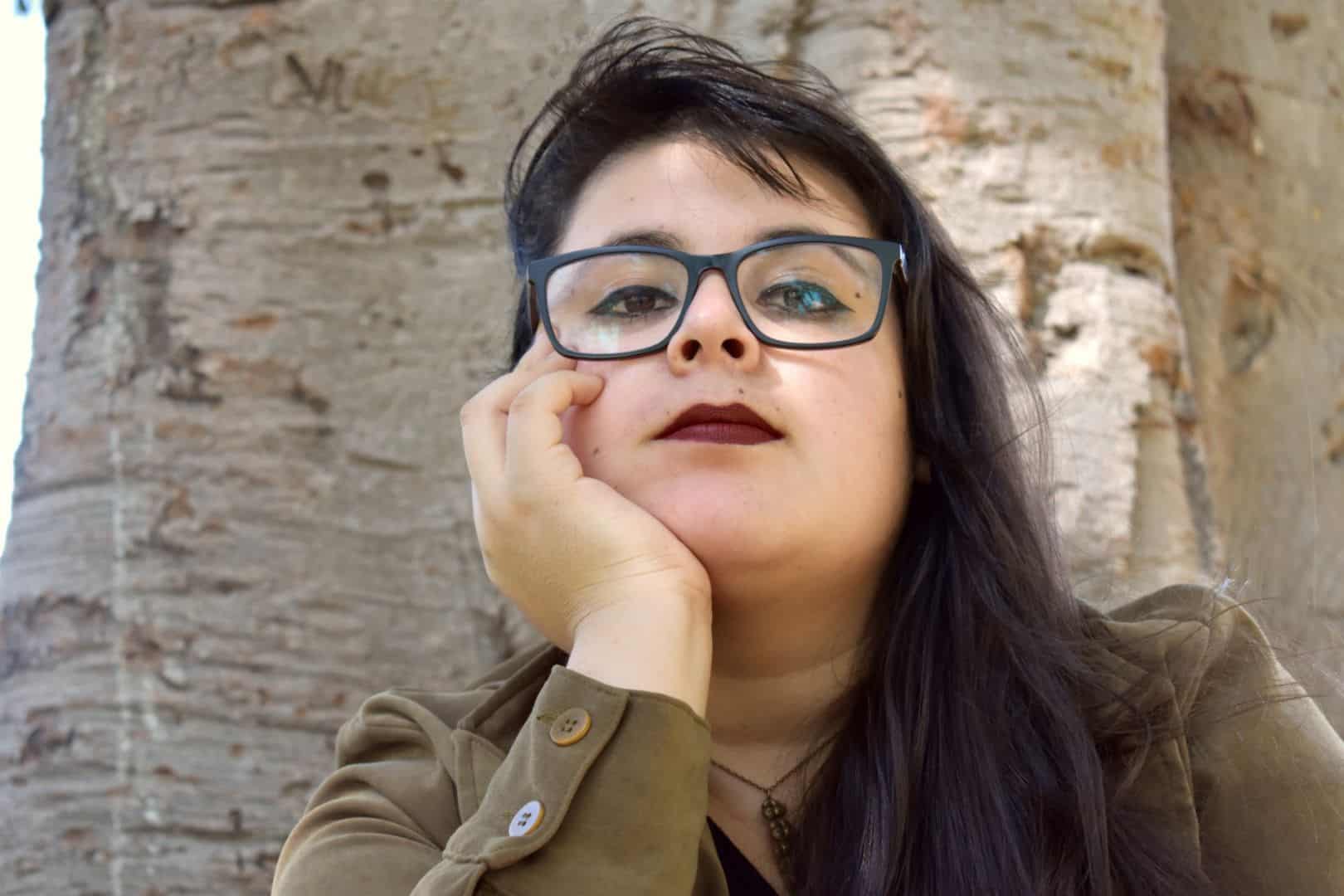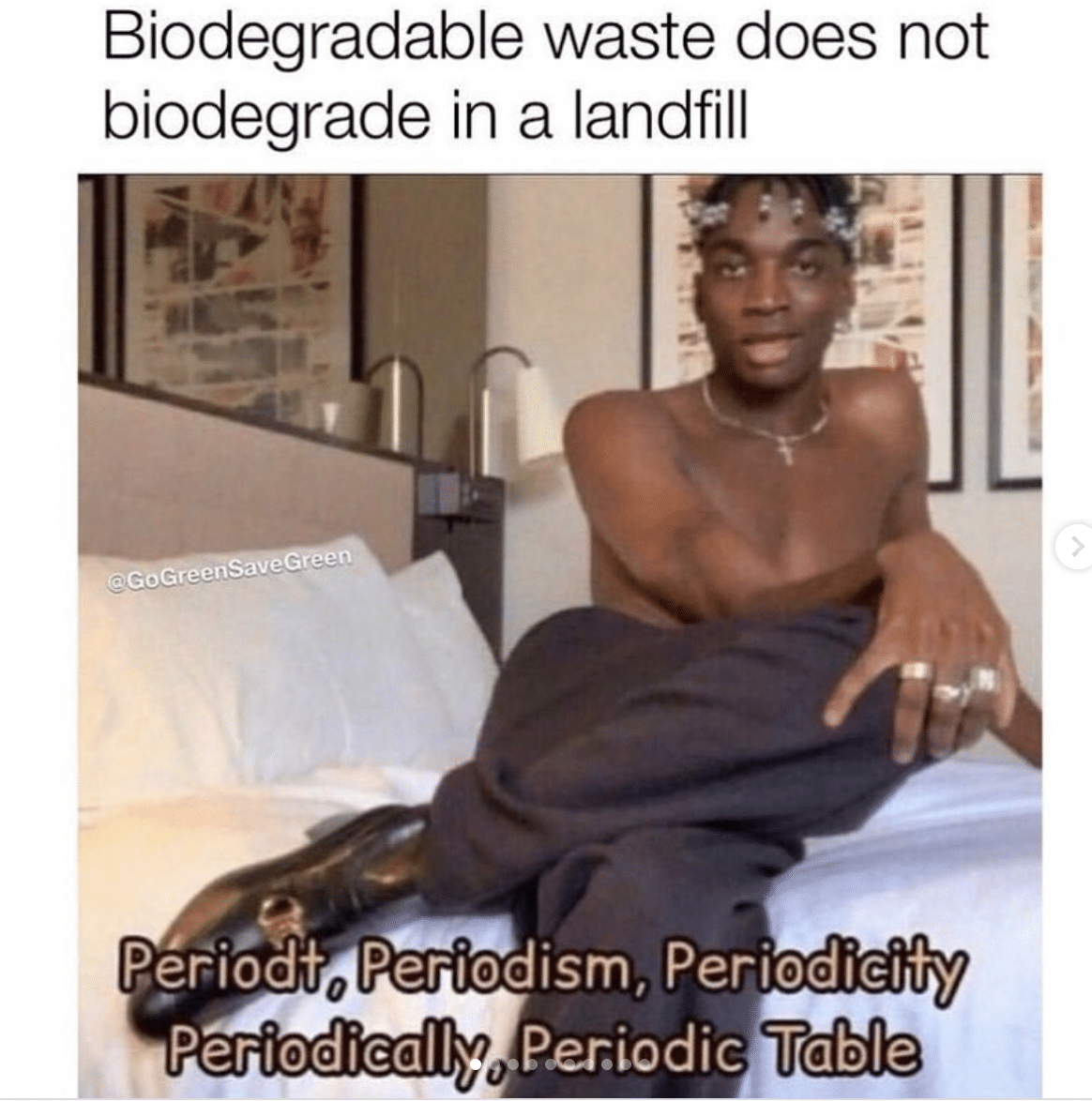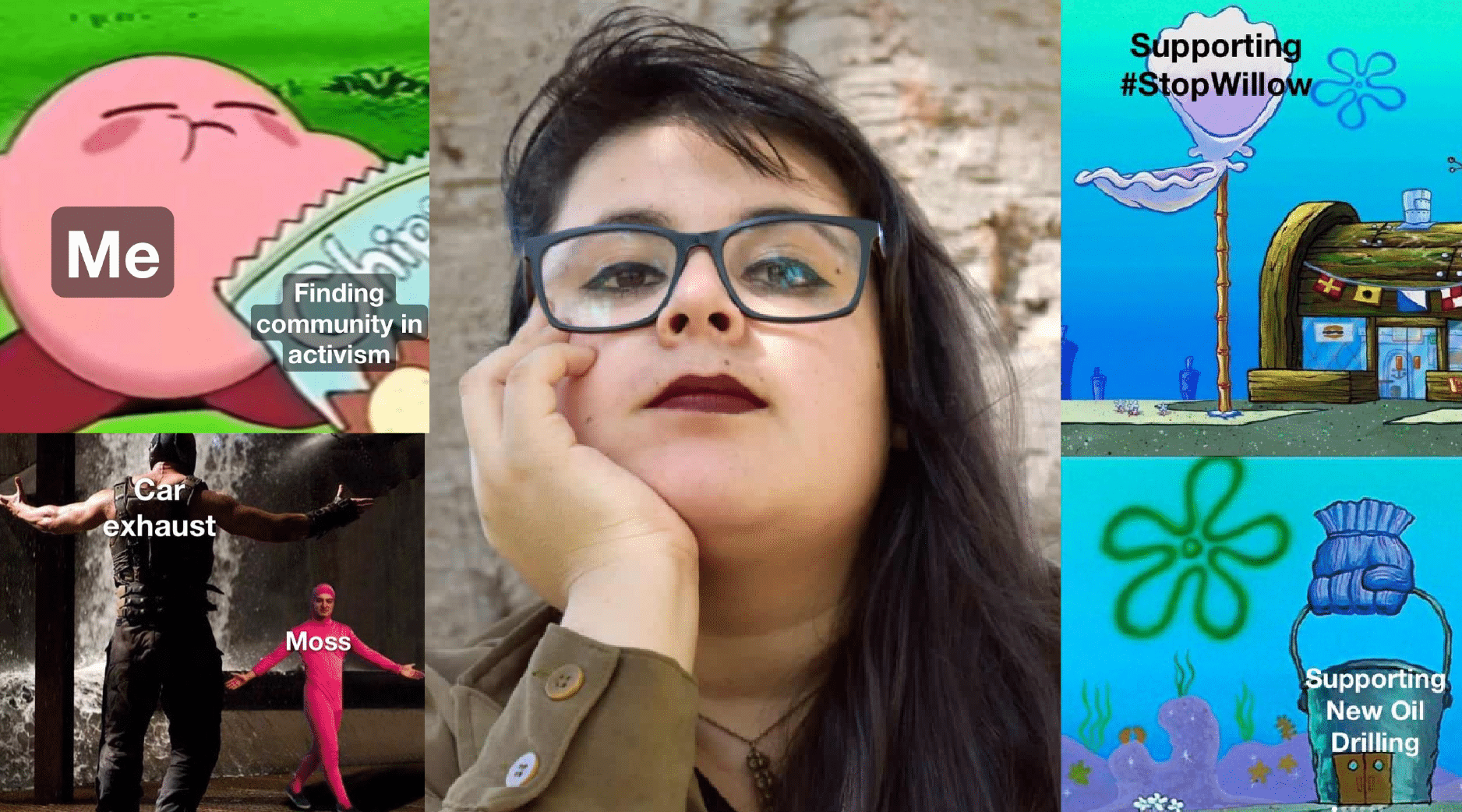Research across disciplines shows that comedy is uniquely persuasive and attention-getting when it comes to serious issues like the climate crisis. Comedy content that is climate-related is proven to help people feel more optimistic about our future and ready to take action.
One medium that’s been proven to increase people’s willingness to engage with online climate action is memes. Although memes may appear to some as silly jokes, they really do boost climate engagement.
We’ve taken this research to heart, composing some funny climate meme content (check out our favorite here). Many creators have developed a knack for climate meme content, including Go Green Save Green. We were lucky enough to chat with the mastermind behind this comedy account, Ariel Moldonado. Here is that interview, edited for length and clarity.
Generation180: Tell us a bit about yourself and your background.
Ariel: I’m 27, I live in Los Angeles, and I’m Mexican-American. In my culture, although there’s a deep love of plants and a use of upcycling, growing up, I didn’t consider us to be eco-friendly. The environment wasn’t seriously on my radar until college.

I initially pursued a B.A. in Ceramics—yes, I have a tattoo of me as Pig-Pen covered in clay dust—and that’s my first love: art and ceramics. After graduation, I started to learn more about the environment through NowThis videos and realized “oh, climate change is a huge problem.”
Generation180: Where did you get the idea for Go Green Save Green? Was it always a meme-focused account?
Ariel: At first, I applied a personal lens to the issue, wanting to know, “how can I be more eco-friendly? turned to Google and started to research the environmental impact of everything. Seriously, anything you could lay your eyes on, I asked that question.
When I was a teenager, I often read Yahoo News and would share those articles and facts with my friends and family. Reading and sharing was in my nature, so once I went down this climate impact rabbit hole, I started injecting climate stuff into the conversations I was having. I soon realized that even with me prompting people to look it up, they weren’t, so I knew I had to do more. After not finding a social account with the content I wanted, I created it.
At first, the page was about how going green could save you money, hence the name. Then, it evolved into humorous content like memes.
I got to a point where I had all this research but I didn’t know how to communicate what I was learning. After seeing ZeroWasteMemes, the earliest climate meme-r, I knew I could communicate complex climate topics through memes. I wanted to break down a concept for people to understand—I didn’t want to just be a funny meme page. I wanted people to see the research, learn something, and find ways to take action, so my memes are usually paired with an article, the meme just sparks their interest. And this strategy worked!
Generation180: Tell us more about your content and where you get content ideas?
Ariel: The page follows my own learning journey—so it’s nice that since I don’t have a science background, I’m making it accessible to people who also don’t.
I didn’t want to be an “influencer” and monetize the account. I tried selling eco-shoes and shampoo, but left that side of things quickly. I use it as a portfolio instead, not as a platform for sales. This format paid off—I got my current job with The Climate Initiative through this social account based upon my proven ability to engage and excite youth, and now I feel confident owning the page.
Generation180: What’s your favorite piece of content, to-date (aside from our Valentine’s Day meme collaboration )

Ariel: Yes, I have this piece saved to my favorites: my biodegradable vs. compostable meme. Nobody was talking about these differences and it really blew up. People thought it was funny and I educated them on a huge part in waste management. I am proud that I gave people more agency to think about their waste and that they learned something.
Generation180: Do you have any advice for those interested in content creation, specifically climate-oriented?
Ariel: If you’re interested in content creation today, you’ll be facing an uphill battle. In three years, I’ve gained 2k followers – it’s hard to break through the noise and the ever-changing algorithms. If you want to get into climate advocacy on social media platforms, do it because you want to, do it on your terms, and don’t go looking to monetize right away. It will add a lot of pressure to you and the content you make to “perform.” And it can be frustrating when you care about the topic of the post and you do not know why it is not performing as well as you wanted it to especially when you think you have a post that will perform really well. Tying your financial wellbeing to the strength of your social media presence is not something I would recommend today.
Generation180: Who are some of your favorite accounts to follow – who should we have tabs on?
Ariel: In the early stages of this account, I met up with climate creators Isaias Hernandez (@queerbrownvegan) and Kristy Drutman (@browngirl_green) to discuss climate content. They are great peers, collaborators, and content creators.
Generation180: What gives you hope about our clean energy future?
Ariel: Just the sheer number of people working on climate. When you see how many people are working towards solutions and changing their jobs to a green industry, and when you see how much cheaper it is to use clean energy – even in red states like Texas, it’s inspiring. That gives me hope that despite all the depressing headlines, states and individuals are stepping up. Climate change won’t ever not be an important issue again.
When you see how many people are working towards solutions and changing their jobs to a green industry, and when you see how much cheaper it is to use clean energy – even in red states like Texas, it’s inspiring.
Want more? Follow @GoGreenSaveGreen and @generation.180 on Instagram for a dose of climate humor and clean energy inspiration.















